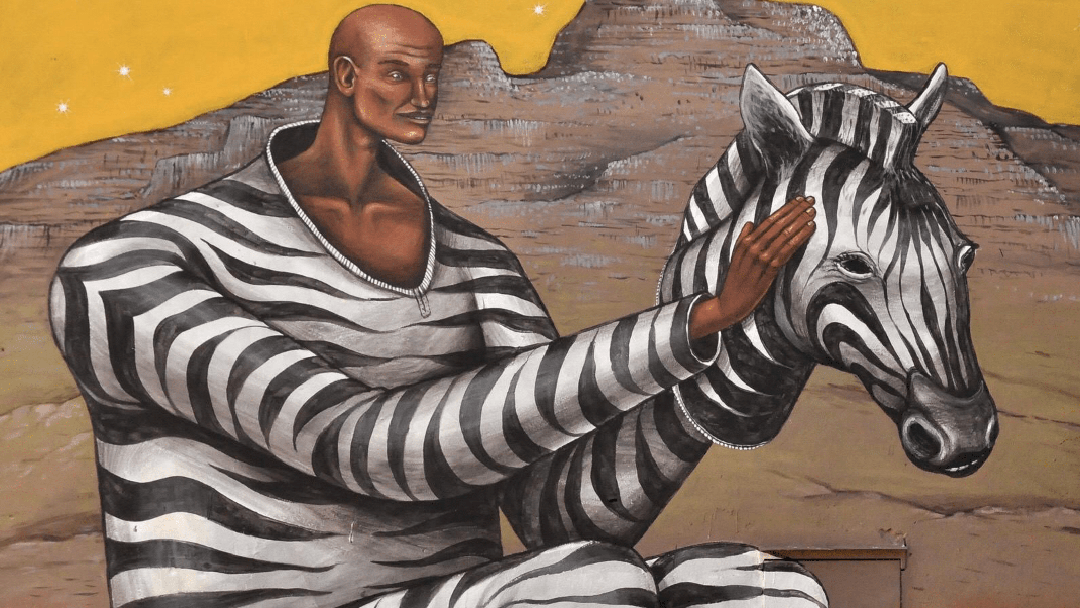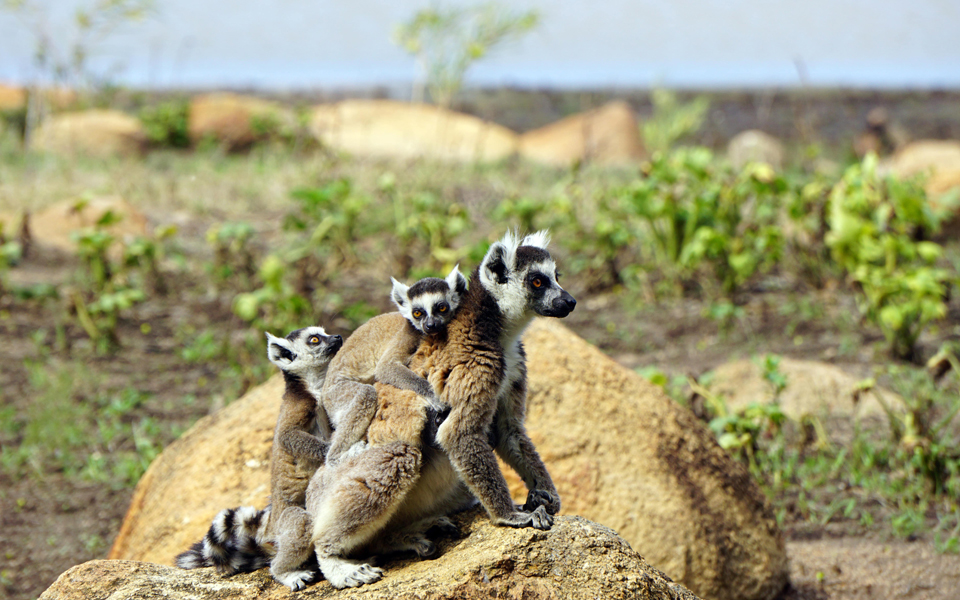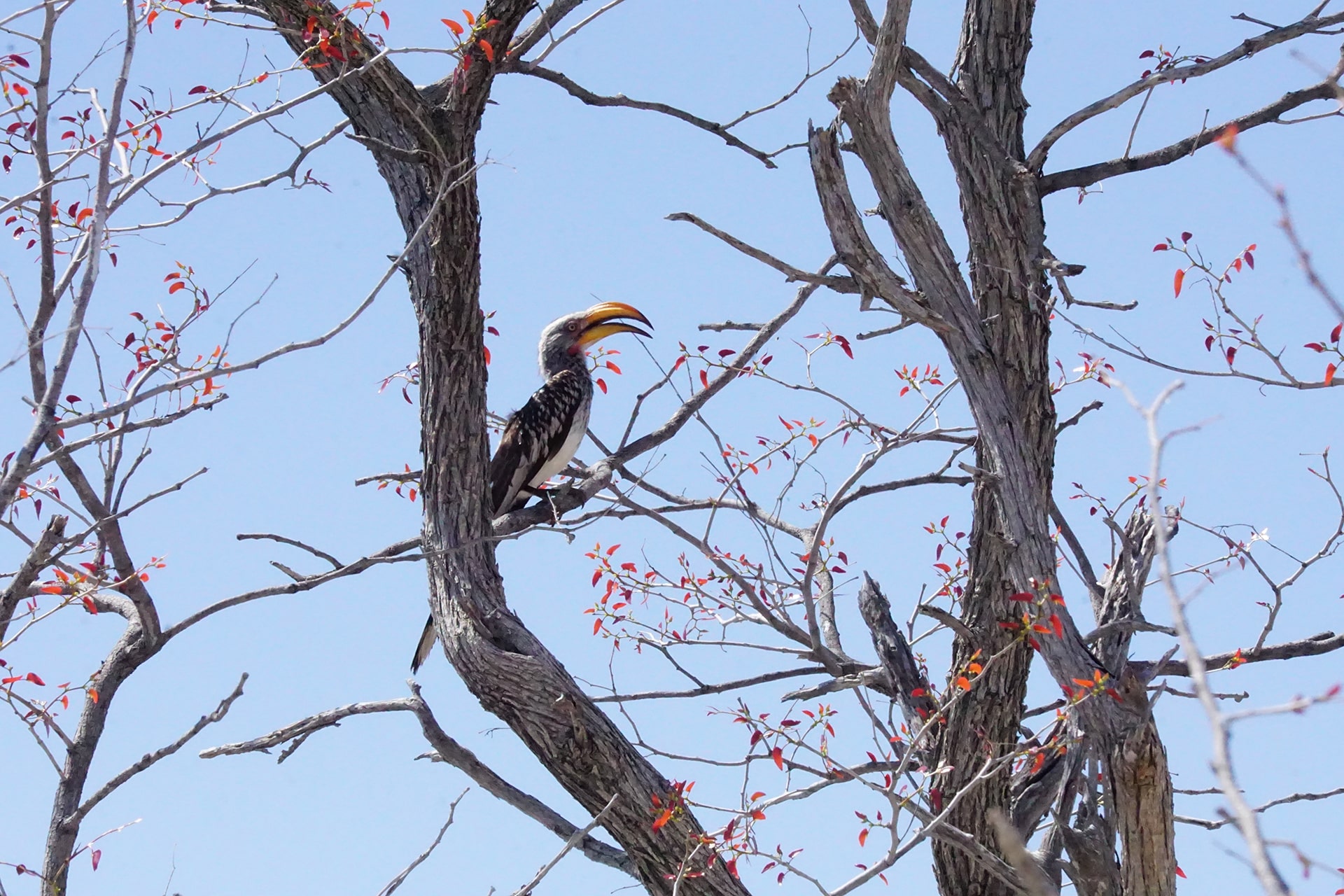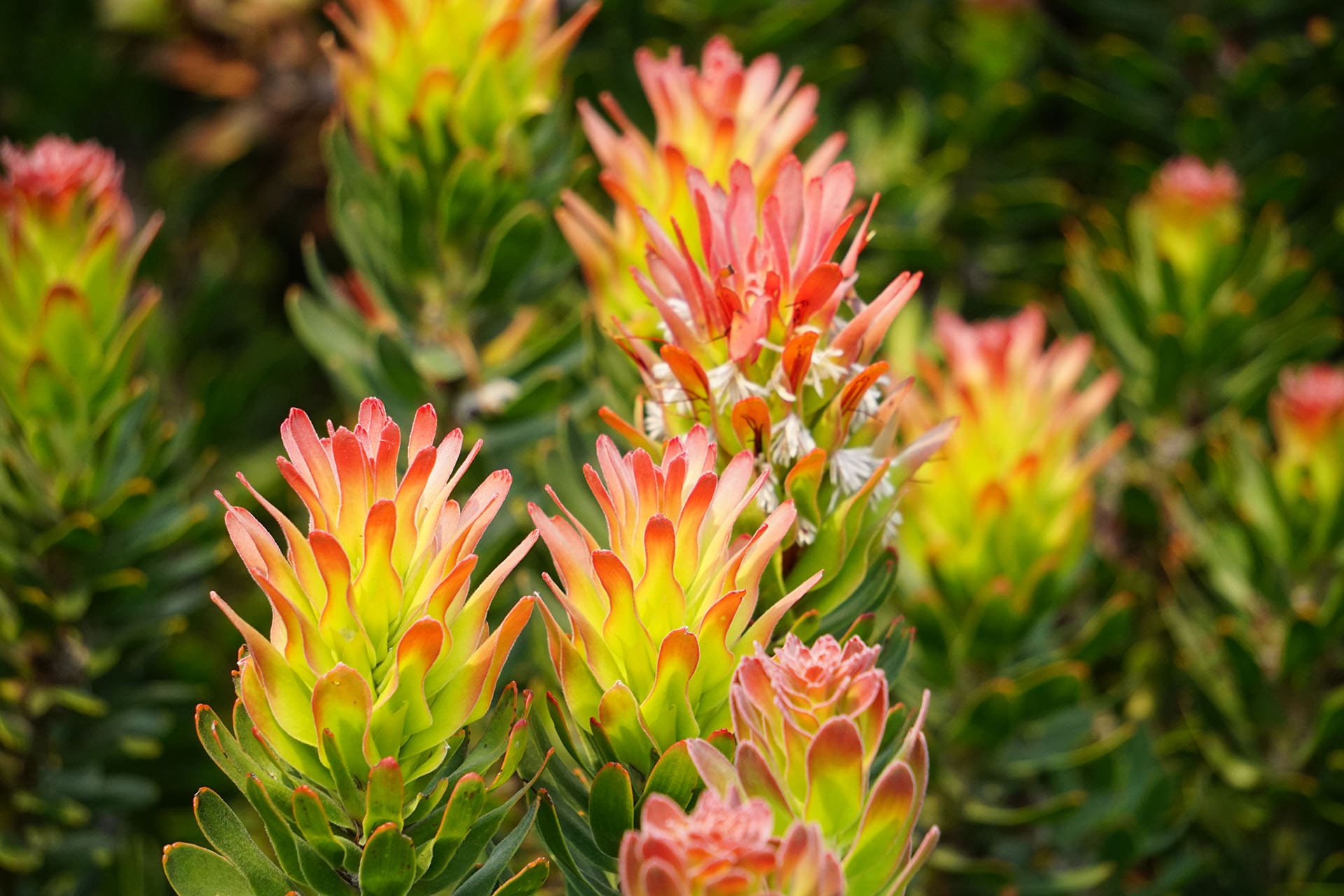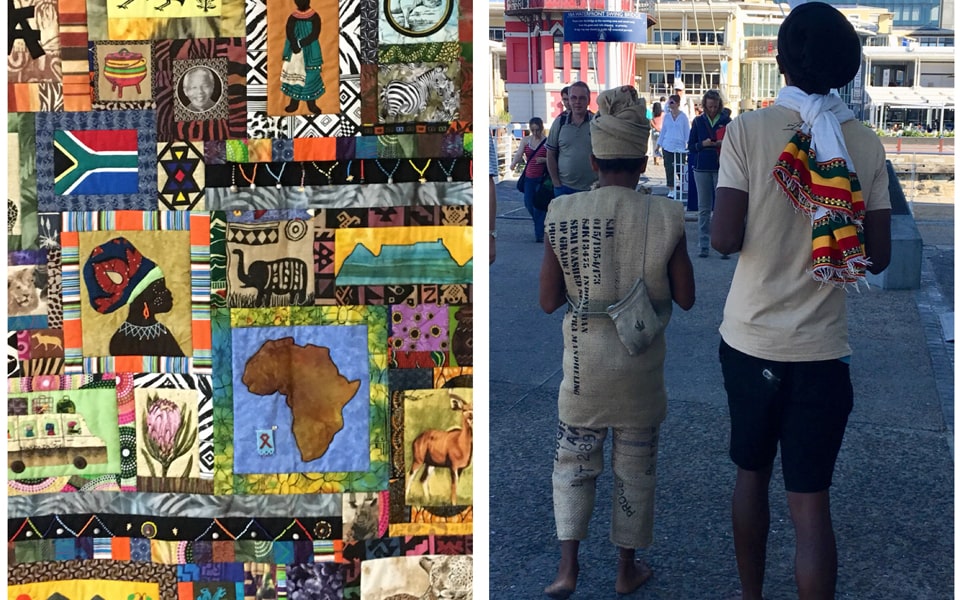
Visiting Several African Countries in a Single Trip
Although Africa has been penciled on our “bucket list” of travel destinations for a long time, deciding which countries to visit and what time to go proved daunting. After some initial research and considerations, several destinations appeared attractive. Excellent tourism infrastructure made South Africa quite attractive for independent road travel. Namibia was calling for its spellbinding landscapes, whereas Madagascar has always been on my mind as the Promised Land for any wildlife enthusiast. An unexpected lay-off at work made it easier to embark on a longer trip and to visit several African countries on a single 40-day long trip.
South Africa – Namibia – Madagascar
40-day travel itinerary
South Africa (2 days)
(October 24-26)
Day 1: Cape Town, Woodstock (Old Biscuit Mill)
Day 2: Cape Town, City Bowl
Day 3: Departure for Walvis Bay, Namibia
Namibia (12 days)
(October 26 – November 6)
Day 3: Walvis Bay – Swakopmund (via Coastal Route)
Distance 40 km, travel time 1 hour
Day 4: Swakopmund – Sesriem (via C28)
Distance 344 km, travel time 5 hours
Day 5: Sossusvlei – Solitaire
Distance 142 km, travel time 2 hours
Day 6: Solitaire – Henties Bay (via Swakopmund)
Distance 332 km, travel time 4.5 hours
Day 7: Henties Bay – Terrace-Bay (via Cape Cross)
Distance 287 km, travel time 3.6 hours
Day 8: Terrace Bay – Kamanjab (via Damaraland)
Distance 300 km, travel time 4.5 hours
Day 9: Kamanjab – Etosha NP (via Galton Gate)
Distance 70 km, travel time 1 hour
Days 10-11: Etosha National Park
Day 12: Etosha NP-Spitzkoppe
Distance 417 km, travel time 4.5 hours
Day 13: Spitzkoppe-Sandwich Harbor (via Swakopmund)
Distance 200 km, travel time 2.5 hours
Day 14: Walvis Bay (Departure for Cape Town)
South Africa (3 days)
(November 6-9)
Day 15: Cape Town, Constantia (The Botanical Garden)
Day 16: Cape Town, Constantia (Vineyards & Wineries)
Day 17: Cape Town, Lion’s Head Sunset Hike
Madagascar (18 days)
(November 9-26th)
Day 18: Antananarivo – Arrival
Day 19: Antananarivo – Morondava (via Antsirabe)
Distance 700 km, travel time 12 hours
Day 20: Morondava – Kirindy
Distance 50 km, travel time 2 hours
Day 21: Kirindy Forest (Reserve)
Day 22: Kirindy – Bekopaka (Tsingy)
Distance 145 km, travel time 6 hours
Days 23-24: Tsingy de Bemaraha Nature Reserve
Day 25: Bekopaka – Morondava, via Belo Tsiribihina
Distance 206 km, travel time 8 hours
Day 26: Morondava – Antsirabe
Distance 483 km, travel time 8 hours
Day 27: Antsirabe – Ambalavao
Distance 297 km, travel time 6 hours
Day 28: Ambalavao – Anja Park (Reserve)
Distance 10 km, travel time 15 min
Day 29: Ambalavao – Ranomafana
Distance 117 km, travel time 2 hours 15 min
Day 30: Ranomafana National Park
Day 31: Ranomafana – Antsirabe
Distance 230 km, travel time 4.5 hours
Day 32: Antsirabe – Andasibe
Distance 312 km, travel time 5.5 hours
Day 33: Alamazoatra NP and Mitsinjo Forest
Day 34: Maromizaha Reserve
Day 35: Andasibe – Antananarivo
Distance 155 km, travel time 3.7 hours
Day 36: Antananarivo (Departure for Cape Town)
South Africa (4 days)
(November 26-30th)
Day 37: Cape Town, Oranjestad (Table Mountain National Park)
Day 38: Cape Town, Oranjestad (Boulders Penguin Colony, Cape of Good Hope)
Day 39: Cape Town, Oranjestad (Two Oceans Aquarium, Beaches of Cape Town)
Day 40: Cape Town-Heidelberg (via Road R44-R43)
Getting to South Africa from the United States
The total cost of flying between South Africa, Namibia and Madagascar was similar to the airfare between the U.S. and Cape Town. Collectively, our transportation expenses (excluding the car rentals) came to about $2,200 per person for the 10 flights we took during those 6 weeks. September appears as the ideal time of the year to visit these parts of the world, when the spring just starts setting in and the vast fields of wild flowers near Cape Town display bright splashes of color. However, for us, as independent travelers, it took 3 weeks was to make all the necessary arrangements for our multi-country travel itinerary.
As a result of lengthy trip planning phase, we did not leave Boston until the last week in October. To appreciate the advantages of traveling during the off-peak time, read Shoulder Season Traveling to Namibia and Madagascar. All reasonably priced trans-Atlantic flights from Boston to Cape Town at that time connected somewhere in the Middle East with painfully long layovers (9-11 hours) and would chip away at our precious vacation time. But hey, I have no job to rush back to … Needless to say, the only desire we had upon our arrival to the Cape Town Airport (CPT) was to hail a taxi to our downtown Airbnb apartment in Woodstock and hit the bed in this mysterious corner of the world…

